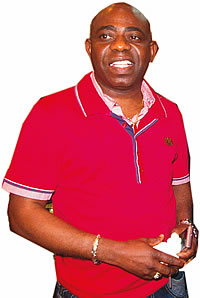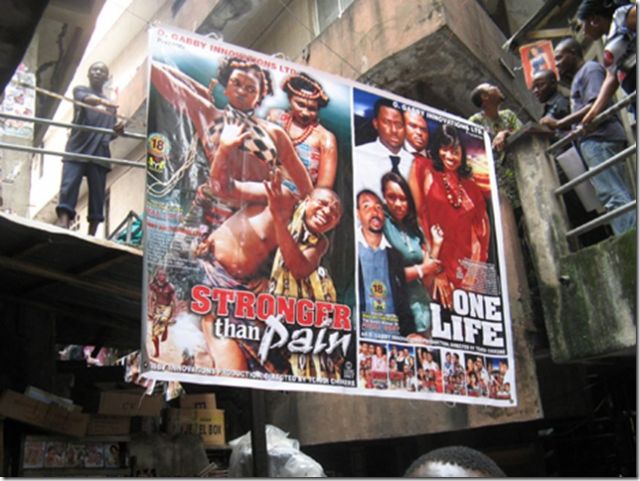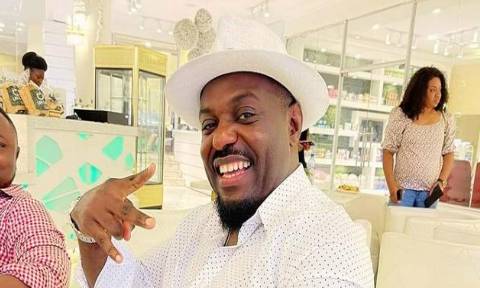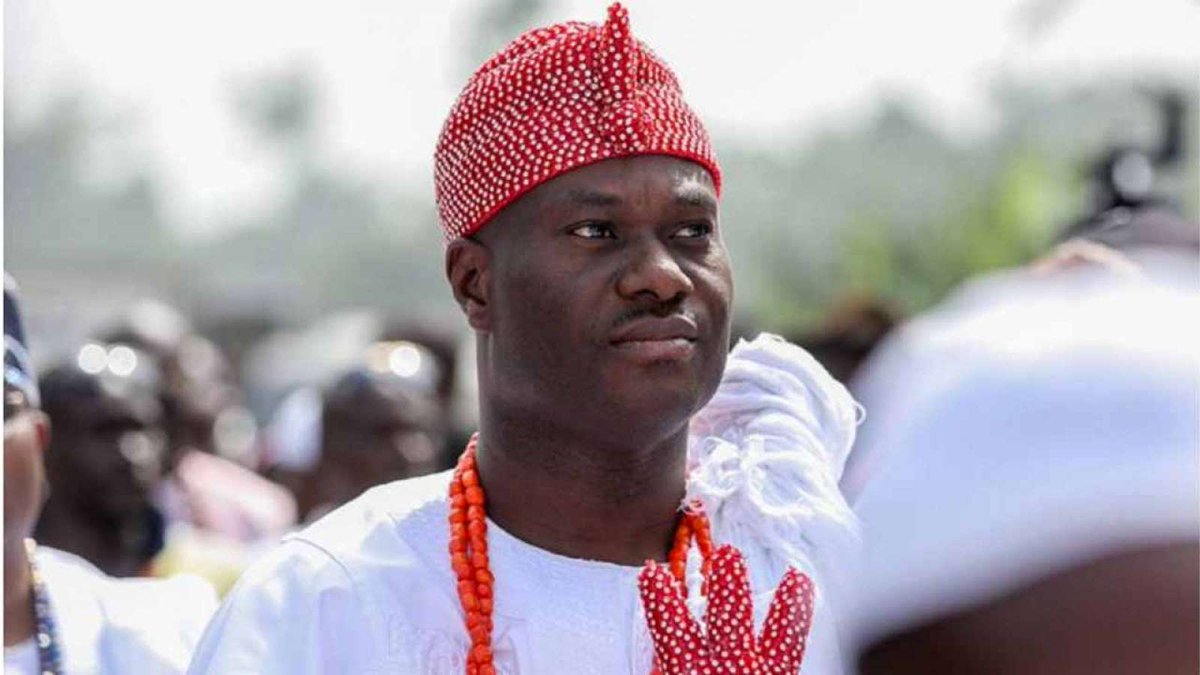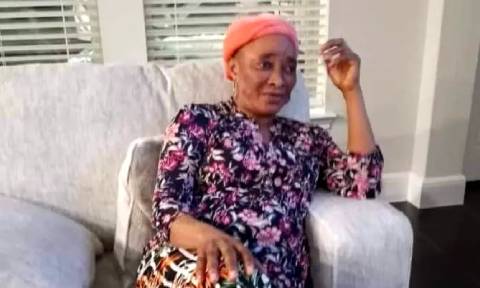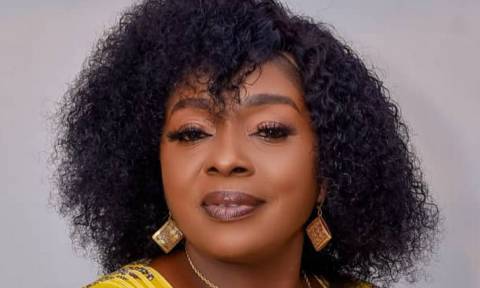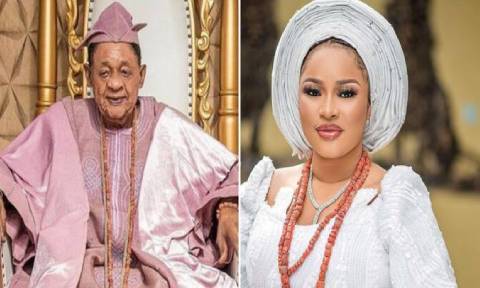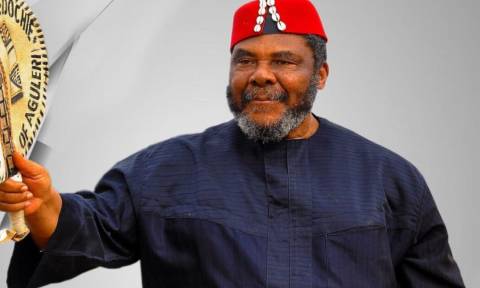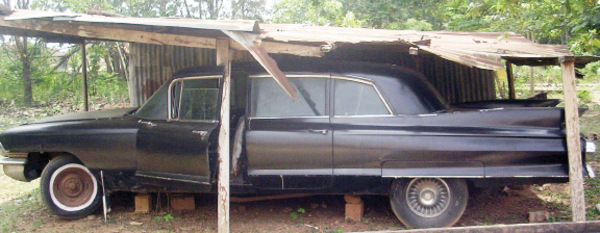
Not many people know there is a museum in Ibadan, the Oyo State capital. But there it sits, close to the Alesinloye Market, one of the major markets in the city. The museum is one of the four Museums of Unity established to heal the rifts of the civil war by the military administration of Yakubu Gowon. The other three are in Enugu, Maiduguri and Sokoto.
It is a hot afternoon as I stride into the museum, almost three years after my last visit, and I can’t help but notice the changes. The expansive storehouse of artefacts appeared quieter, probably owing to the scorching heat or the staff rationalisation exercise done by the National Commission for Museums and Monuments (NCMM), which supervises the museum, a couple of years ago.
“Good afternoon sir. Who do you want to see?” security man asks as I make to enter the premises.
“I want to see the PRO.”
“Do you know her office?”
I answer in the affirmative and he waves me on into the major storehouse of Yoruba culture and heritage.
Interesting collections
The museum has four galleries: music and dance, pottery, Yoruba religion, and arts and crafts of the Yoruba, to edu-tain the interested viewer. The music section contains an array of instruments under broad classifications. There are the idiophones, including the gong, agogo, ogene, slit drums, ekwe, xylophone and flute. String instruments like goje, agidigbo (thumb guitar) and sekere are classified as chordophones. The drums housed in the museum are as interesting as they are varied. They include pot drums, ritual drums and Egun Sato drum from Badagry.
The pottery section also has its attractions. There are domestic, industrial, ritual and ceremonial pots which attest to the ingenuity of their makers. The popular Esie soapstone figures, ogboni drums and staff of office, ceremonial sword, Ifa divination boards, Ogun and Osanyin shrines, Ere Ibeji, Epa mask and gelede mask, amongst others, are in the last gallery containing arts and craft of the Yoruba.
Hidden history
Though these items are interesting enough in themselves, the National Museum of Unity, Ibadan still houses another item worth seeing. People know about the car in which the military head of state, Murtala Muhammed, was killed in 1976. The Mercedes Benz refurbished recently is at the Onikan Museum, Lagos. Disciples of the sage, Obafemi Awolowo, know that his home in Ikenne, Ogun State, houses the car he used during his tenure as premier of the Western region and other important archival materials.
What many don’t know is that the official car of the late premier of the Western region, Samuel Ladoke Akintola, is at the Ibadan Museum. SLA, as he was called by admirers, hailed from Ogbomoso and was a prominent politician of the first republic. He was born in 1910 and obtained a degree in Law from a university in the UK. He returned to Nigeria in 1949 and became deputy leader of the Action Goup under Awolowo in 1959. Later that same year, Akintola succeeded Awolowo as premier of the Western region when the latter decided to become the leader of opposition in the Federal House of Representatives.
A rift developed between the two leaders in 1962, and Akintola formed a new party, the Nigerian National Democratic Party, which formed an alliance with the ruling Northern People’s Congress. He was re-elected to power in 1965 amidst accusations of ballot rigging, and major unrest. He was assassinated not long after in 1966, in Nigeria’s first military coup. Unlike the late Muhammed who was shot dead in his car in 1976, Akintola was killed in his home in Ogbomoso, Oyo State.
His official car, a black 1960 Fleetwood Limousine with registration number WNG 125 is under a shed behind the museum where it is being refurbished prior to being exhibited. Only the seats have been retouched, though, and just three out of the four tyres are fixed. The plate number is unattached but inside the car, and the rotting shed itself appears to constitute a threat to the car.
Nobody knows exactly when the car came into the possession of the museum, only that the federal government gave it to the NCMM, which in turn handed it over to the Ibadan Museum. In spite of this, it appears that the management of the museum value the historical car, as they are planning to exhibit it soon.
Curator, Ireti Kola-George, explained that though they had planned to exhibit the car earlier, they had to shelve the plan for a while because of financial constraints. A site where the car will be put on a permanent revolving exhibition within the museum has been selected; they are only awaiting money from headquarters to go ahead.
“School children will use it as reference material because some topics are best taught with museum materials,” Kola-George said of the car.
But it is not only school children that will find this car interesting; old car freaks and people interested in history will too.
By By Akintayo Abodunrin
